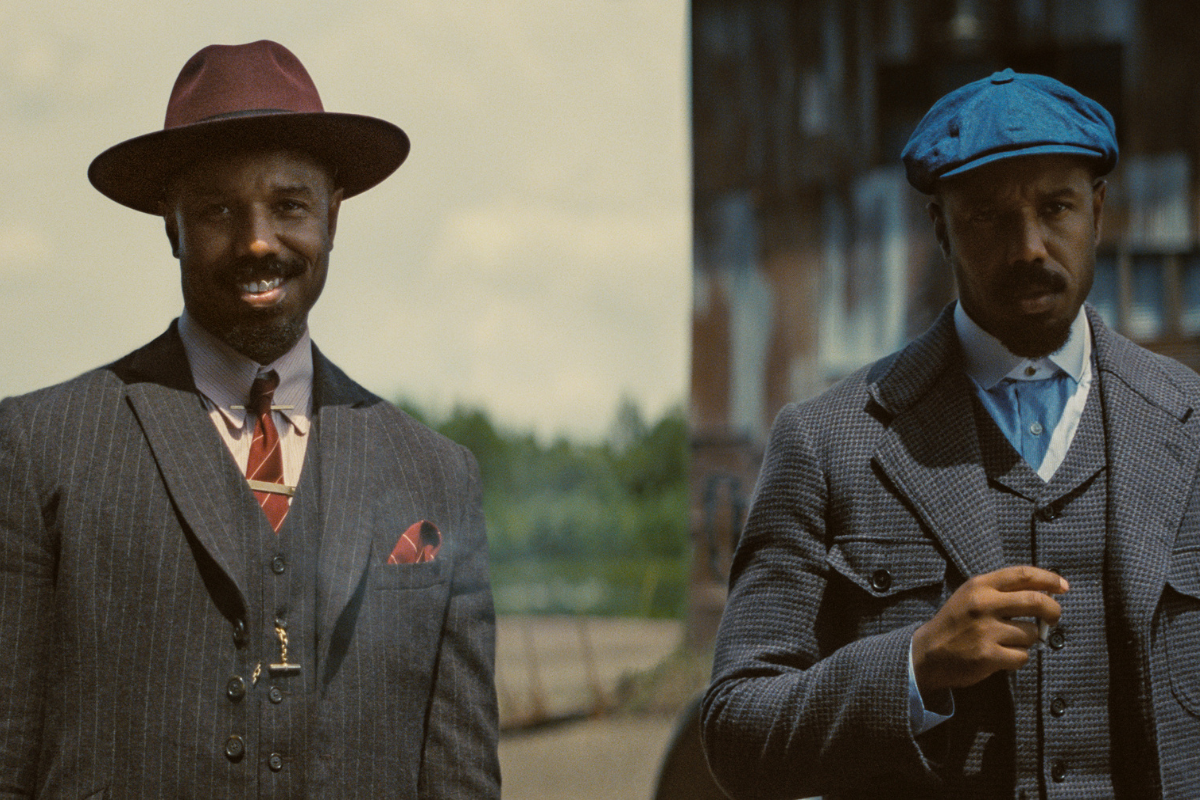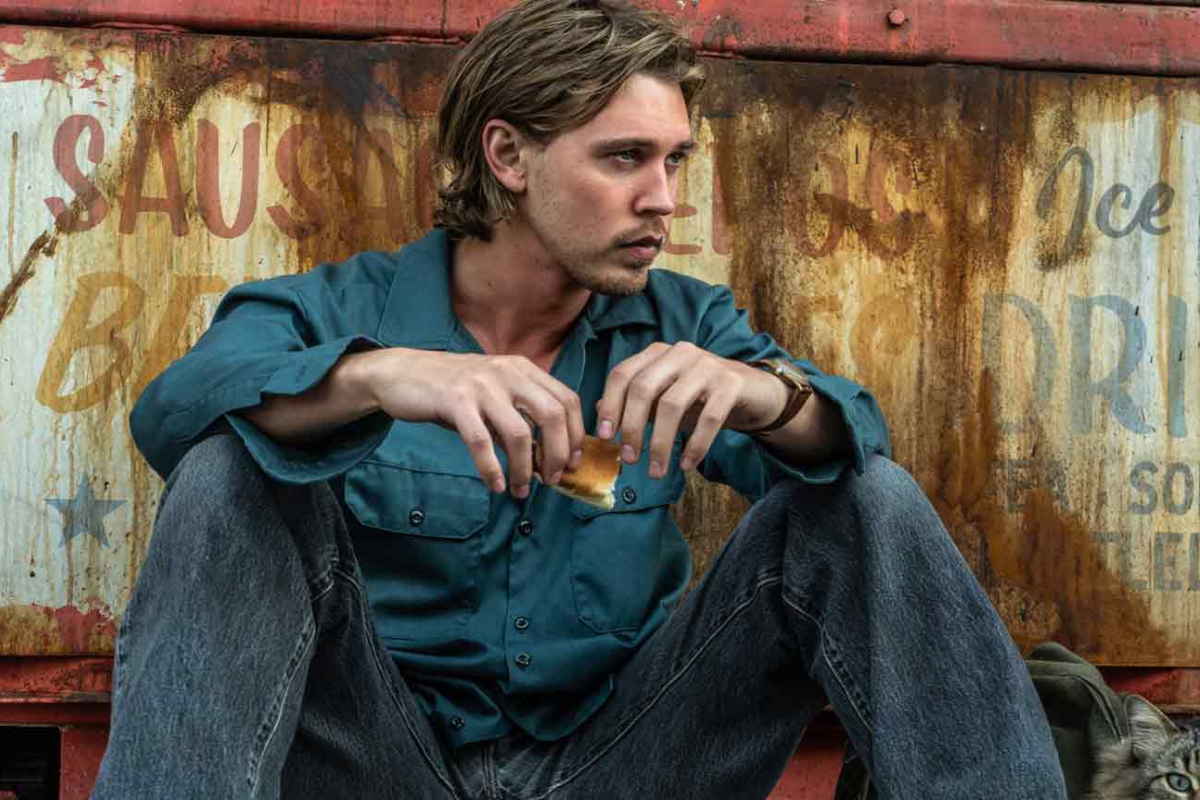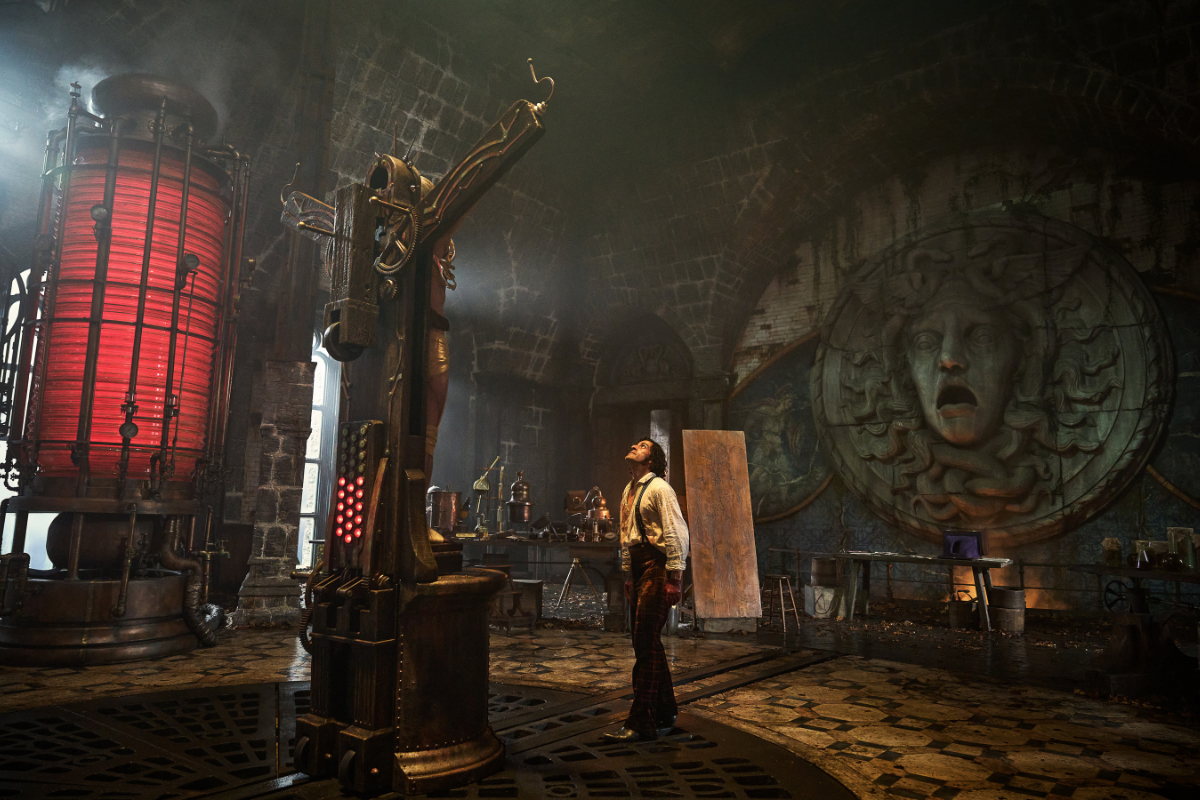The Art of Adaptation: What ‘Romeo + Juliet’ and ‘West Side Story’ Can Teach Screenwriters
Adaptations have evergreen appeal, both for writers and producers. Adapting a work that’s in the public domain frees writers from copyright issues while offering them a prime way to show off their voice and their skills to an “existing and appreciative” audience. Script contributor Valerie Kalfrin offers a deep dive into what ‘Romeo + Juliet’ and ‘West Side Story’ adaptations can teach screenwriters.
The music plays on a packed dance floor as a teenage girl twirls in a white dress, her gaze drawn to the boy about her age watching from the sidelines. He smiles, and a whole conversation blooms in their eyes.
This isn’t West Side Story, which director Steven Spielberg and screenwriter Tony Kushner reimagined for the big screen this month, but another adaptation of this star-crossed love story: 1996’s William Shakespeare’s Romeo + Juliet.
A frequent high-school introduction to William Shakespeare, the play Romeo and Juliet has been adapted so many times since its debut more than 400 years ago, the title alone is a shorthand for a tragic romance. Yet even after 25 years, director Baz Luhrmann’s breakthrough film remains an intoxicating and enthralling lesson in how to adapt a story in a new light without losing what makes it so enchanting in the first place.
With more adaptations on the way, such as writer/director Joel Coen’s The Tragedy of Macbeth and director Joe Wright and writer Erica Schmidt’s Cyrano, let’s dive into Romeo + Juliet the way Luhrmann’s young lovers once plunged into a swimming pool.
Be faithful to a work’s intention, not literally to the source
Adaptations have evergreen appeal, both for writers and producers. Adapting a work that’s in the public domain frees writers from copyright issues while offering them a prime way to show off their voice and their skills to an “existing and appreciative” audience.
Spielberg has said he felt drawn to West Side Story, which places its lovers on opposite sides of an ethnic gang war in New York City in the 1950s, since he first heard the soundtrack to the stage musical when he was a child.
“There’s a lot of risk when you take a masterpiece and make it distinctly different,” he’s said. “But I was willing to take a risk, because great stories should be told over and over again to reflect different perspectives and contemporary values.”
Shakespeare gives writers blueprints for the characters, the plot, the setting, and the dialogue. Yet you still have to “make it play” onscreen, as Oscar-winning writer William Goldman (Butch Cassidy and the Sundance Kid) has said. While you cannot and should not be literally faithful to the source material, you must be faithful to its intention – and whatever moved you to want to tell this story as a film, he’s said.
Luhrmann’s Romeo + Juliet is a hyperkinetic swirl of pop music, neon, violence, and Catholic imagery, but it never loses sight of the heartrending story at its core.
Part of that is because of the casting of Leonardo DiCaprio and Claire Danes as Romeo and Juliet, “perhaps the finest screen versions of this duo,” TIME magazine film critic Stephanie Zacharek wrote in appreciation of the film this year. They’re so magnetic, their performances “so achingly tender that … you feel something new as you watch them. Their beauty, like the play, is timeless.”
Yet it’s also in the vision that Luhrmann had and set on the page with co-writer and frequent collaborator Craig Pearce (Strictly Ballroom, Moulin Rouge!).
“The fundamental essence … would have an effect on an audience”
Luhrmann has said that he wanted to reimagine the play “as if Shakespeare were making a movie today,” making it more accessible through modern touches but maintaining the poetry of iambic pentameter. He believed that “as long as you reveal the fundamental essence of what Shakespeare was chasing, that would have an effect on an audience.”
His instincts were right: Made for an estimated $14.5 million, Romeo + Juliet went on to gross more than $147 million worldwide.
Luhrmann’s updates include a TV newscast that acts as the Chorus, laying out the bad blood between the Montagues and the Capulets that dooms Romeo and Juliet’s love from the start. Instead of the City of Verona, the action takes place in Verona Beach where the Montagues, cruising in a convertible and bare-chested in tropical shirts, square off with Capulets at a gas station. They and Juliet’s smoldering cousin Tybalt (John Leguizamo) wave silver handguns instead of swords, set the pumps on fire, and break up their latest row amid tabloid headlines and a fiery rebuke from a police captain named Prince instead of the local monarch.
Romeo’s freewheeling friend Mercutio (Harold Perrineau), in a silver bra, white wig, and heels, is as confident and wild as he is on the page. He teases Romeo with sexy puns and presents a tab of Ecstasy while speaking of Queen Mab, who visits people’s dreams.
Yet the rapid cuts, whip pans, and spectacle fall away once Romeo and Juliet first meet on either side of an aquarium at her family’s costume party. As they have for centuries, they fall for each other at first sight, without the baggage of preconceived notions.
Romeo, dressed as a disheveled knight, and Juliet, in a white dress with angel’s wings, size up each other in a gentle, playful moment that feels like a dream, each reflected in the glass. The aquarium separates them, a barrier they don’t notice, much like their families’ enmity.
It’s a tender moment of possibility that stretches onto the dance floor as Juliet keeps gazing back at the smitten Romeo. Meanwhile, the suitor her mother prefers, the perfectly nice but generic bachelor “Dave” Paris (Paul Rudd), obliviously tries to dance with her.
Make changes that add subtext, compress time, dramatize events
Any retelling of Romeo and Juliet has plenty of drama, as well as lively humor (courtesy of Romeo’s friends and Juliet’s nurse, played in Luhrmann’s film by Miriam Margolyes). Luhrmann and Pearce add passion and subtext by having Romeo and Juliet kiss on the sly in an elevator and by staging the famous balcony scene in the Capulets’ mansion courtyard. “Speak again, bright angel,” Romeo murmurs, now a callback to Juliet’s wings.
They fall into the pool, literally falling in love. But the water remains a barrier between them, Luhrmann has said. It heightens the romance, but it’s also a reminder of the larger forces that keep them apart.
When adapting work for the screen, writers often move around events to compress time, dramatize key moments, or smooth over story problems that wouldn’t work for a modern audience. The 2002 film version of Chicago stages the musical numbers inside one character’s head, for instance; the How to Train Your Dragon films change the dragon Toothless from roughly iguana-size to as large as a car, all the easier to make him a partner in flight.
Romeo and Juliet’s story turns tragic because of a chain of events and a misunderstanding. After Romeo winds up in exile, the helpful Friar Lawrence concocts a way to fake Juliet’s death so that the couple can run away together. Romeo never receives the message, thanks to Shakespeare sending the messenger offstage. (Franco Zeffirelli’s 1968 adaptation showed the messenger on foot, no match for Romeo returning to Verona on a galloping horse.)
Luhrmann and Pearce handled this in a way that’s amusing and relatable to today’s viewers by having Father Laurence (Pete Postlethwaite) use the overnight Post Haste Dispatch delivery service. The messenger leaves a sticky note on the door where Romeo lives, only for the notice to fall away unseen.
The co-writers also heightened the poignancy of the couple’s double suicide (as if that were possible) through compressing the timing of the climax. Thinking Juliet dead and unable to imagine life without her, Romeo visits the Capulet crypt and drinks poison.
In the original play, she awakens after he’s dead, but in this adaptation, her eyes open just as he swallows the dose. He dies in her arms, knowing they could have been together had he only waited a few moments longer. She sobs in grief and wordlessly shoots herself moments later.
When to honor the genre
Sometimes an adaptation changes a work so significantly, it shows familiar material in a new light. When Steve Martin (Only Murders in the Building) wrote and co-starred in a 1987 adaptation of Edmond Rostand’s play Cyrano de Bergerac, he decided to let the big-nosed protagonist win the heart of his beloved.
However, Martin also changed the genre, reimagining it as a romantic comedy called Roxanne.
Spielberg and Kushner’s adaptation of West Side Story places more emphasis on racism, prejudice, poverty, and xenophobia than the 1961 film version. It also cast Latinx actors as all the Latinx characters and finds a place for Rita Moreno, who won an Oscar as the earlier film’s Anita, as a widowed grocery owner named Valentina.
Yet it still doesn’t give lovers Tony and Maria a happy ending. That would veer too much from audiences’ expectations of a Romeo-and-Juliet story.
“Divisions between un-like-minded people [are] as old as time itself,” Spielberg has said. “And the divisions between the Sharks and the Jets in 1957, which inspired the musical, were profound. But not as divided as we find ourselves today.”
Learn more about the craft and business of screenwriting from our Script University courses!
Valerie Kalfrin is an award-winning crime journalist turned essayist, film critic, screenwriter, script reader, and emerging script consultant. She writes for RogerEbert.com, In Their Own League, The Hollywood Reporter, The Script Lab, The Guardian, Film Racket, Bright Wall/Dark Room, ScreenCraft, and other outlets. A moderator of the Tampa-area writing group Screenwriters of Tomorrow, she’s available for story consultation, writing assignments, sensitivity reads, coverage, and collaboration. Find her at valeriekalfrin.com or on Twitter @valeriekalfrin.







